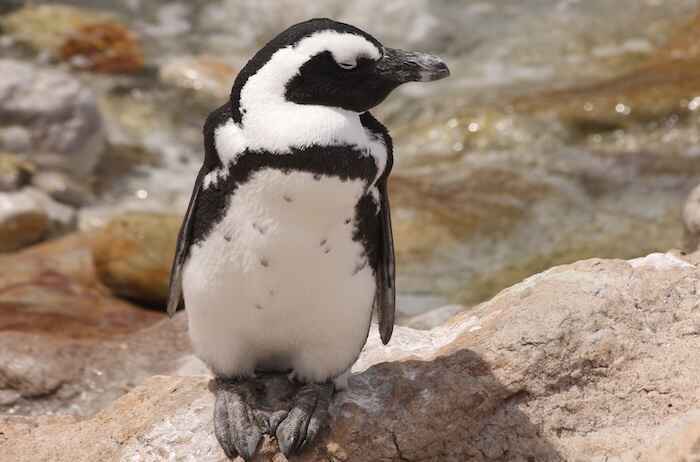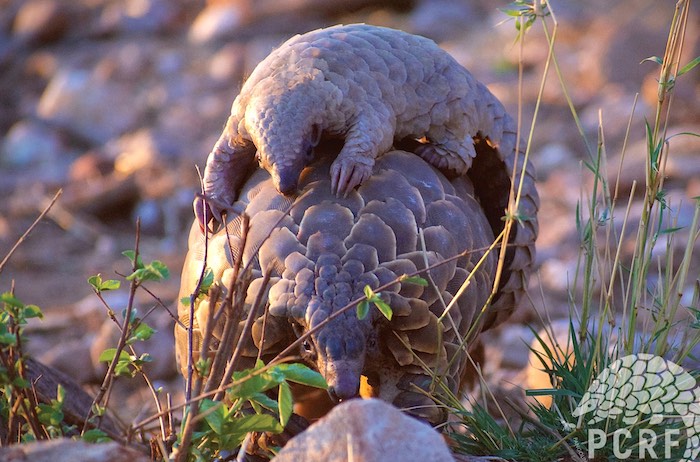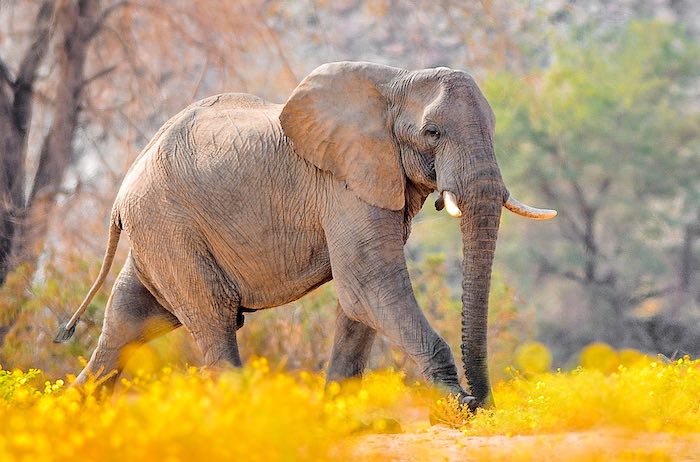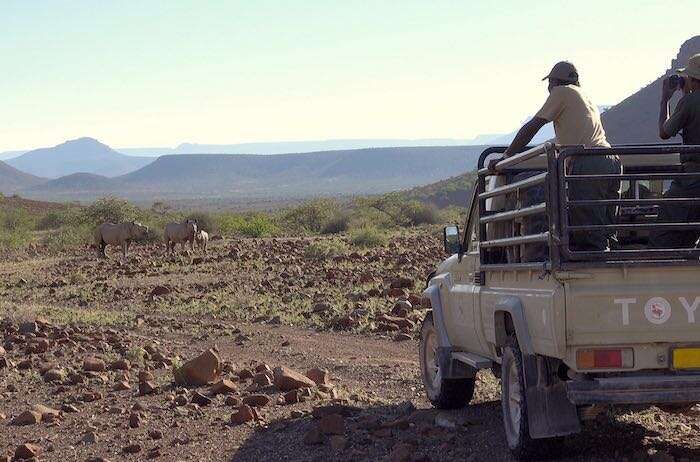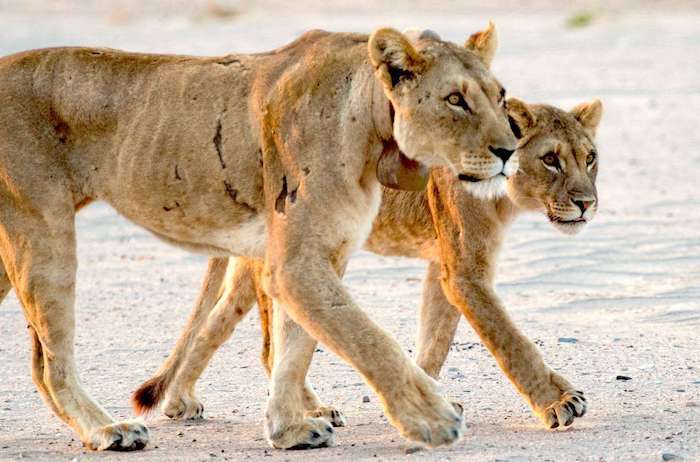
A Record-Breaking Journey
Migration of plains zebra from Namibia to Botswana
By Robin Naidoo
Worldwide Fund for Nature in Namibia (WWF-Namibia)
9th August 2019
Migrations are among the natural world's most spectacular phenomena. These jaw-dropping feats of endurance undertaken by huge numbers of animals inspire awe and amazement, as they conquer everything the environment throws at them.
Among the most impressive migrations are those of large mammals, perhaps the most famous of all being the journey taken by wildebeest in the Serengeti. Commonly known as the longest of all terrestrial mammal migrations, this enduring annual occurrence is set against a backdrop of disappearing migrations around the world, as the large areas necessary for such movements continue to vanish in a growing sea of human development.
Researchers were therefore astonished to discover a migration of plains zebra beginning in the Salambala Conservancy in the Zambezi Region of Namibia. Local community members had reported for years that zebra appeared on the banks of the Chobe River during the dry season to share the land with grazing cattle, only to disappear again at the onset of the rains in December. Where these animals went remained a mystery until 2012, when researchers working independently on the Namibian and Botswana sides of the Chobe River collared a number of zebra with satellite tracking devices.
They were astounded to discover that the collared animals moved quickly and directly from the Chobe River floodplains south to Nxai Pan National Park in Botswana. This is a journey of over 250 km, yet most of the collared zebra made it in only two weeks. The animals remained in the Nxai Pan area for several months before beginning the journey back to the Chobe River. The return journey northwards was longer and less direct than the southward trip, so we speculate that the zebra lingered around wet pans along the route north that had been dry during their December journey.
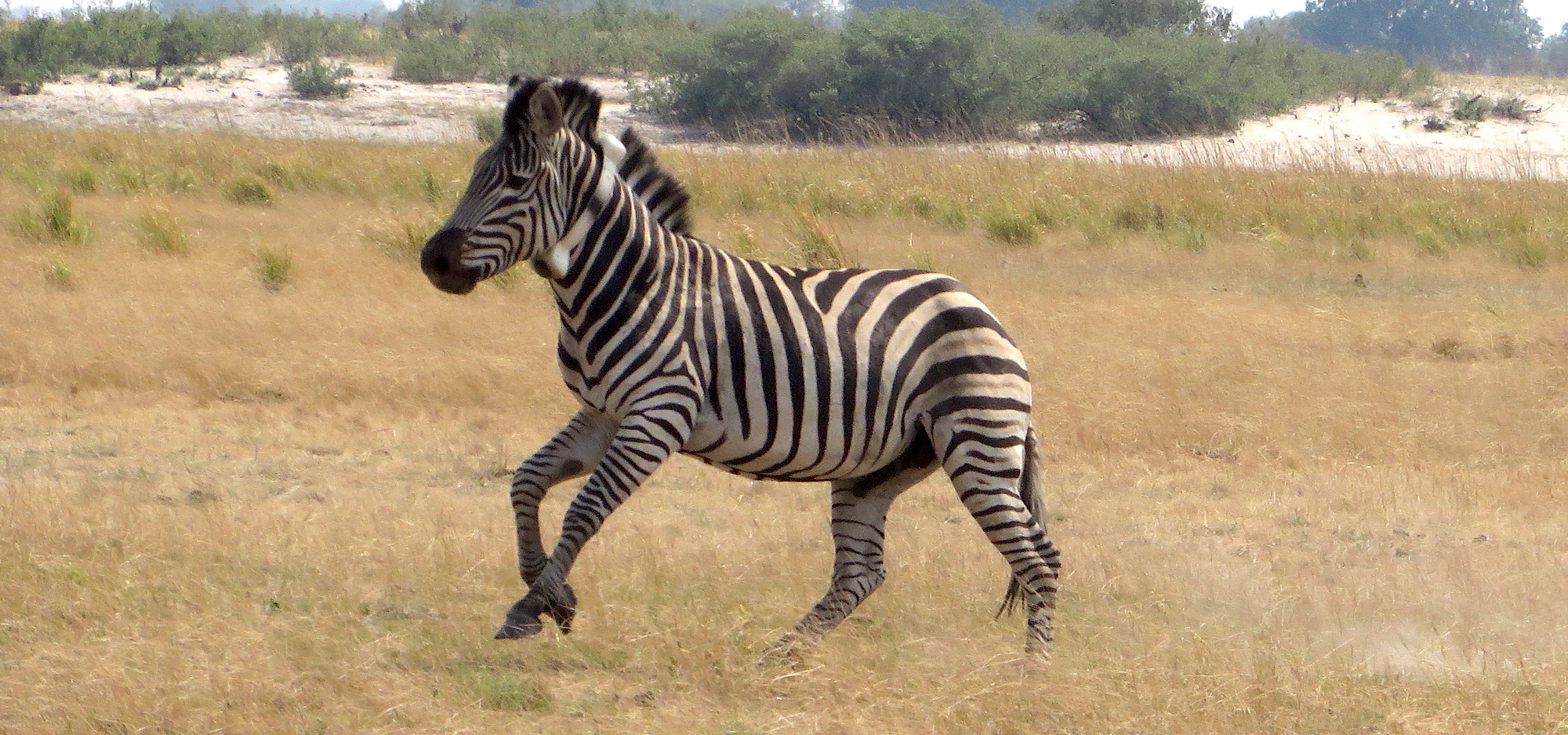
That a migration of large animals like zebra could exist under the radar in this day and age is truly remarkable. Furthermore, this migration appears to be among the longest of all terrestrial mammal migrations ever documented: the total round-trip distance of about 500 km is even longer than the Serengeti wildebeest migration. In an era where migrations of large mammals in southern Africa and around the globe are being extinguished, the discovery of a previously unknown migration reveals nature's capacity to persist even in the most difficult circumstances.
One reason why this migration remained uncovered until just recently is that the number of animals involved is relatively small. While researchers do not yet have a firm grip on the size of the migratory population, estimates from aerial censuses indicate we are probably talking about only 5,000 to 10,000 individuals, which is tiny compared with the approximately one million wildebeest that undertake the Serengeti migration!
Several other mysteries remain to be discovered regarding this migration of plains zebra. We are not yet clear on why these animals migrate all the way from Salambala to Nxai Pan, while bypassing closer, seemingly suitable alternate destinations, such as the Savuti area of northern Botswana. Are there environmental conditions we do not know about that make Nxai Pan a prize destination for zebra, despite the incredible hardships they must endure to get there from Namibia? Or is this migration perhaps a legacy of times past, when conditions were such that Nxai Pan was the only suitable destination for zebra from Namibia? If that is the case, perhaps the migratory route has been passed down from generation to generation of zebra. Even more intriguingly, is it somehow genetically coded in this lineage of animals?
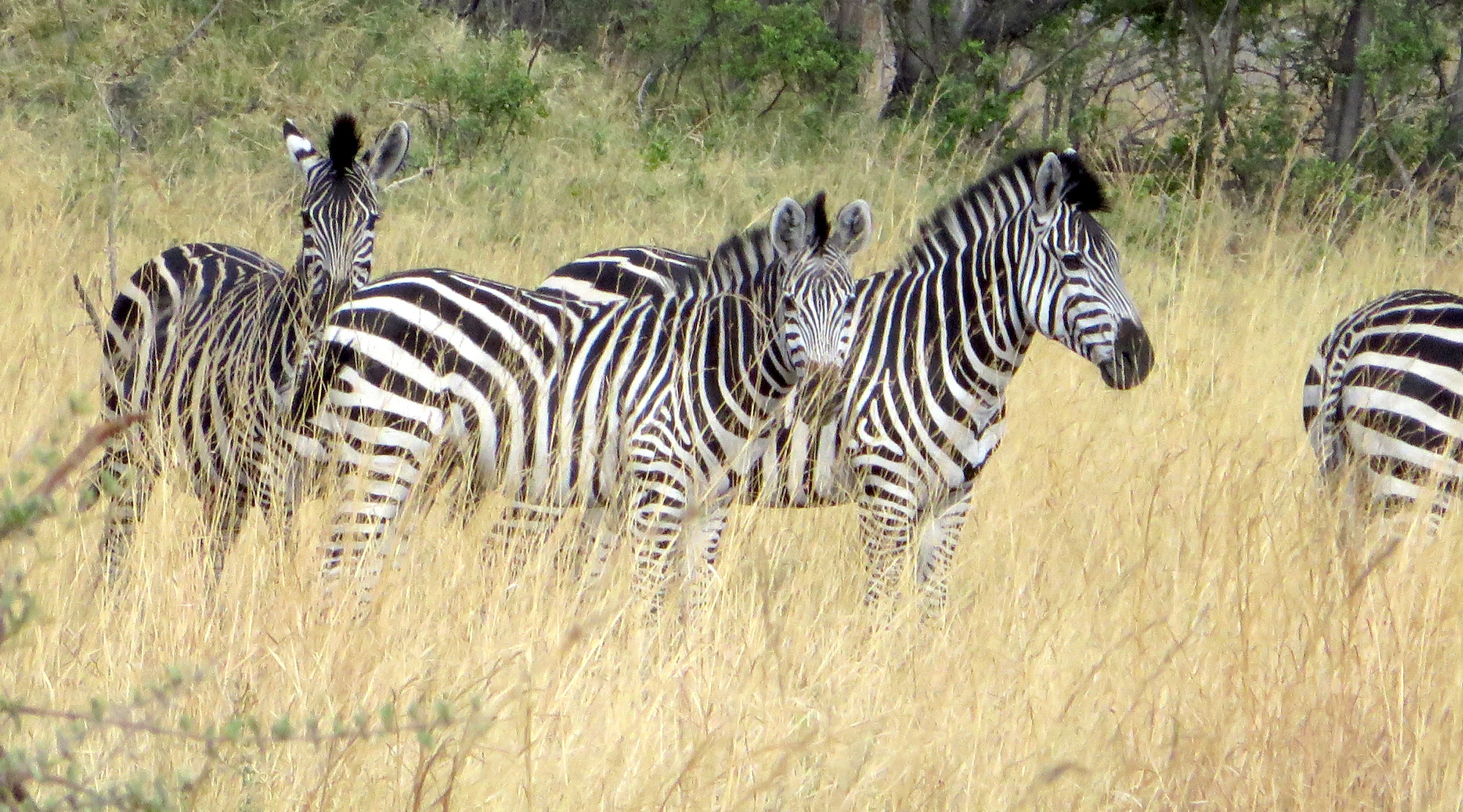
Irrespective of why this zebra migration occurs, there is no question that the Zambezi Region of Namibia and northern Botswana jointly host one of the natural world's most incredible migratory events. As such it is critically important that every effort is made to conserve this and other similar phenomena in this part of southern Africa. The transboundary nature of this migration complicates effective conservation actions.
Fortunately, a five-country initiative called the Kavango-Zambezi Transfrontier Conservation Area (KAZA) provides the ideal agreement to facilitate conservation actions among Namibia, Botswana, Zambia, Zimbabwe and Angola. KAZA is an enormous area, about the size of France, which contains Africa’s largest population of elephants, significant populations of threatened carnivores such as lions and wild dogs, and long-distance movements of buffalo and other zebra populations. Conservation actions under the KAZA umbrella are perhaps our best chance of conserving the zebra migration and much of our endangered wildlife, while ensuring a path towards sustainable development for the citizens of all five countries.

For more information about the
Worldwide Fund for Nature in Namibia
visit:
www.worldwildlife.org/places/namibia
For more information about the
Worldwide Fund for Nature in Namibia
visit:
www.worldwildlife.org/places/namibia
For articles on similar topics, please click one of the following options:
If you enjoyed this page, then you might also like:

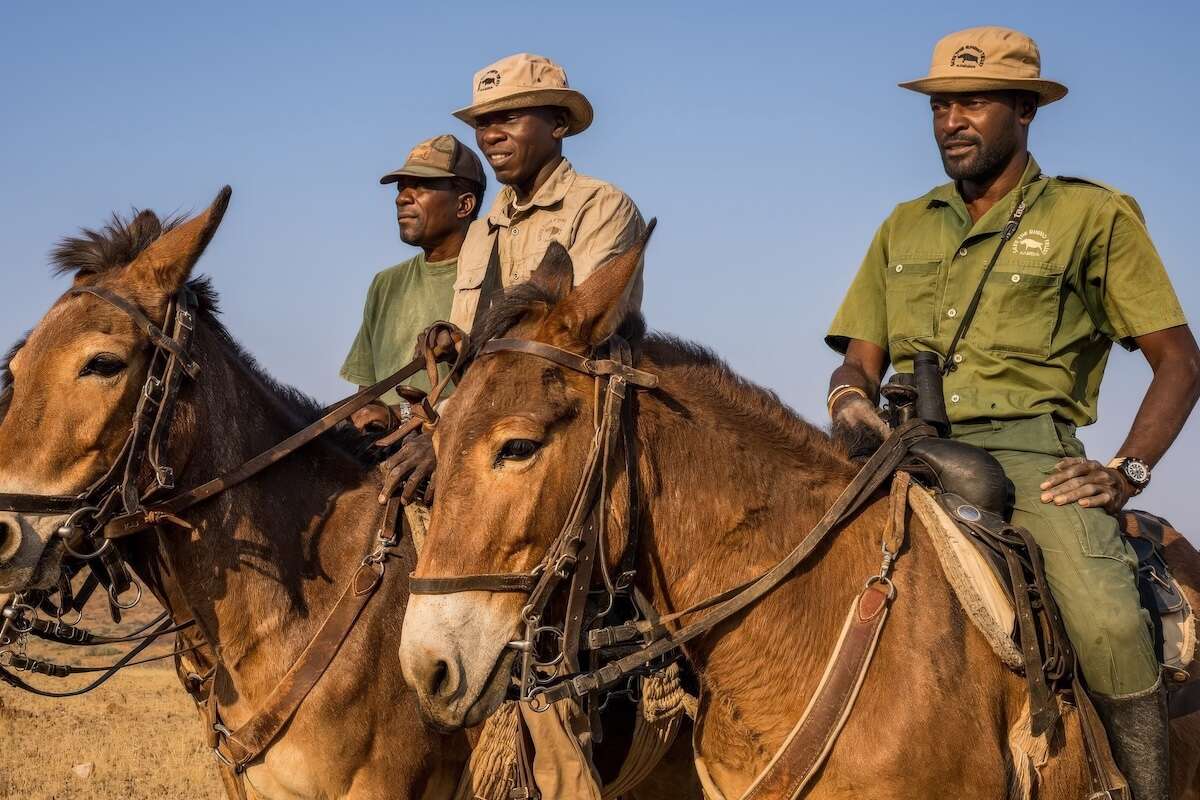
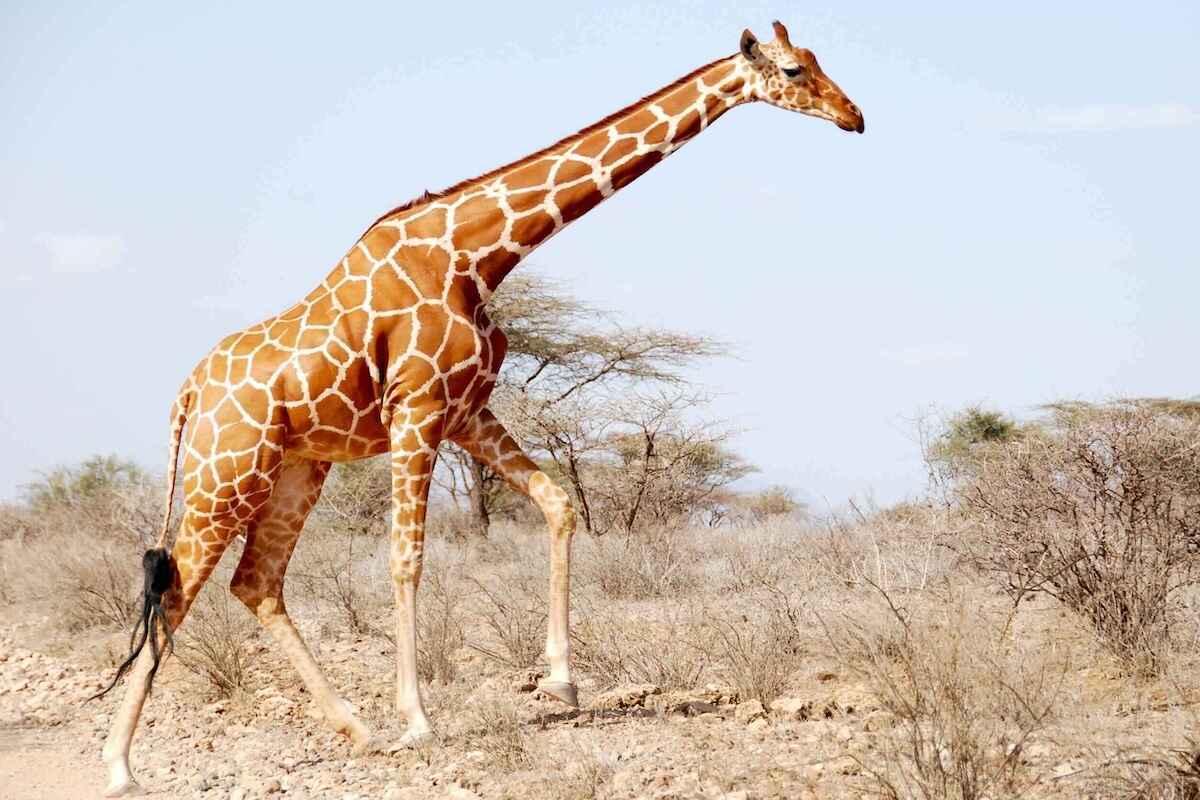
For more great articles from Conservation Namibia see below...
Conservation Namibia brought to you by:
We use cookies to monitor site usage and to help improve it. See our Privacy Policy for details. By continuing to use the site, you acknowledge acceptance of our policy.

